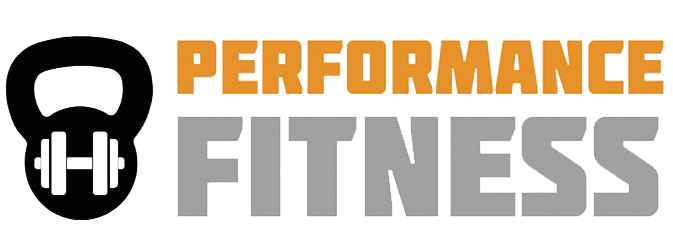Delayed Onset Muscle Soreness
Delayed Onset Muscle Soreness or DOMS is often heralded as a sign of a “good” workout by many avid exercisers.
“I know I’m gonna feel this tomorrow” or “My (fill in your muscle group of choice) hurt for 3 days after that last workout!”
DOMS is an addictive state. A badge of honor sought by some exercisers as a sign of virtue, inner and outer strength and overall bad assi-ness. For others it’s a dreaded state – an indication that the workout was “too hard“.
But is DOMS really the sign of a “good” workout?
In a word “no”; muscle soreness is not indicative of an effective workout.
So, why do you get sore after some workouts and not others (some ab workouts leave me unable to laugh without having abdominal pain for days, while others barely leave a mark)? Why were you sore for a day (or a week) after your first training session or boot camp class? Is a lack of soreness a sign of an ineffective workout?
Muscle soreness occurs when you make the muscles do something they’re not used to doing. The unfamiliar can be a change in exercise order, a new 5K route or a routine that’s higher in reps, sets or duration than your used to. Change up some variables and you will most likely be sore for a day or two or three.
Your results are a more reliable indicator of the effectiveness of your program. Are you leaner, smaller, stronger or faster? These should be the metrics by which you judge your program.
But what about the cause of DOMS? Maybe it’s caused by lactic acid build-up?
I’ll sometimes hear from a client: “Wow you really killed my (fill in muscle group of choice). We must of gotten a good lactic acid build-up going.”
Lactic acid (or L-lactate) has had it’s turn as friend and foe. Jane Fonda’s mantra “Feel the burn!” was a reminder for her leg warmer clad followers (who wears leg warmers to workout?) to push themselves to their limits.
Then lactic acid became foe because of the belief that it damaged muscle tissue and cause excess muscle soreness.
These days we know that lactic acid is more friend than foe. Lactic acid has a role in energy production that allows us to keep exercising. Lactic acidosis (“the burn”) occurs when lactic acid builds up in the blood stream faster than it can be removed. Scientist also belief “the burn” is a result of a change in pH as the body switches from aerobic (think jogging) to anaerobic (think sprinting) metabolism. Since lactic acid is cleared from the body within 30-90 minutes after intense exercise ends it has no role in DOMS which occurs 24-72 hours post exercise.
The real cause of DOMS? In addition to the muscle stress factor (making the muscles do more than they’re used to) DOMS is thought to be the result of microscopic tears in the muscles and connective tissue which occur during eccentric contractions (when the force of resistance is greater the the force created by the muscle it “succumbs” and lengthens). Running downhill, lowering your body on the down phase of a pull and landing a jump are all examples of eccentric contractions. This small tears are not dangerous, in fact it is during the process of repair and recovery that we build stronger and/or bigger muscles.
Muscle tenderness, soreness, stiffness or some lose in range of motion (flexibility) are all symptoms of DOMS and simply require that you back off your workout intensity for a day or two. Sharp or throbbing pain, extreme lose in range or motion or pain that lasts more than a week warrant a trip to the doctor.
